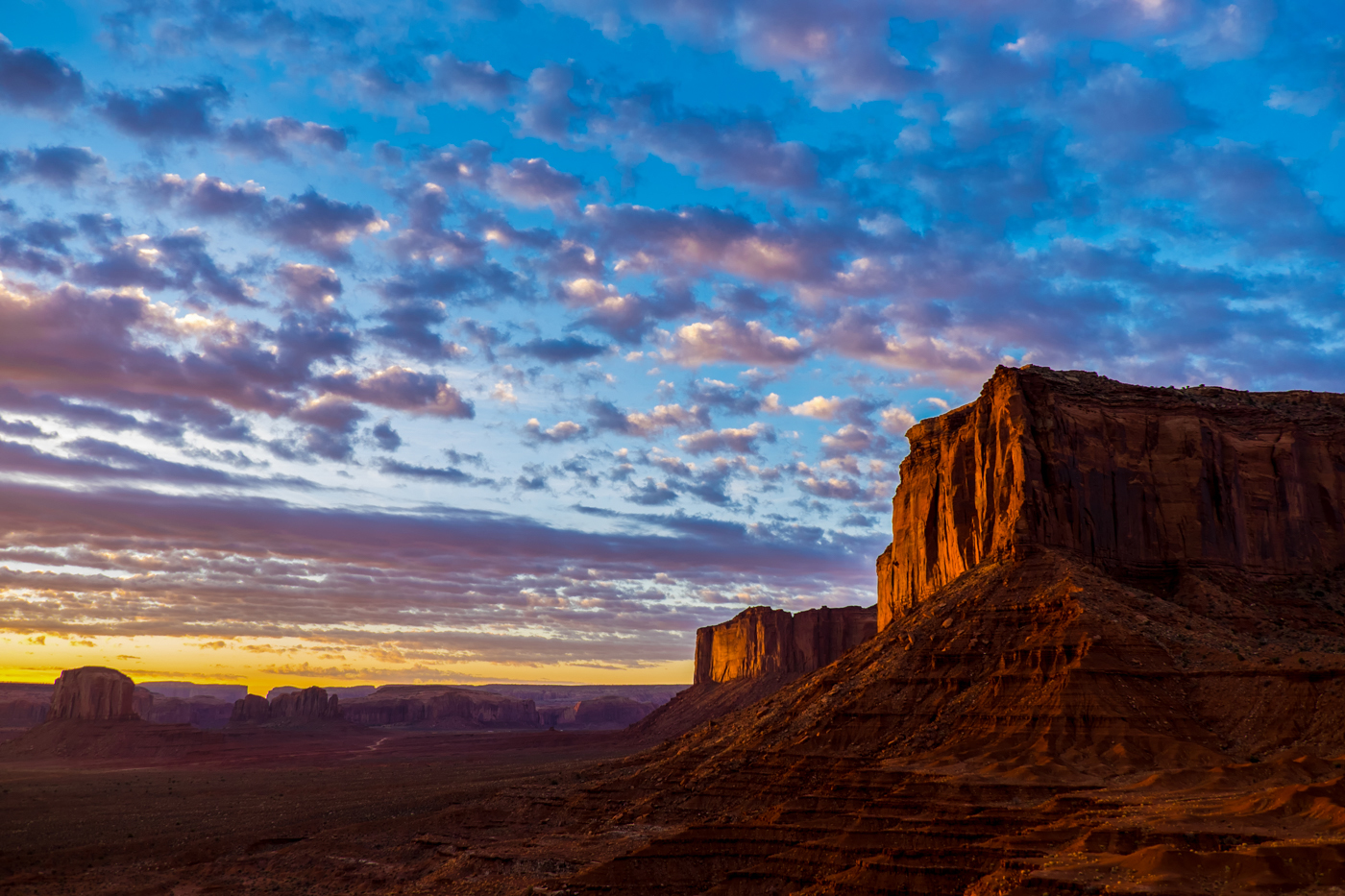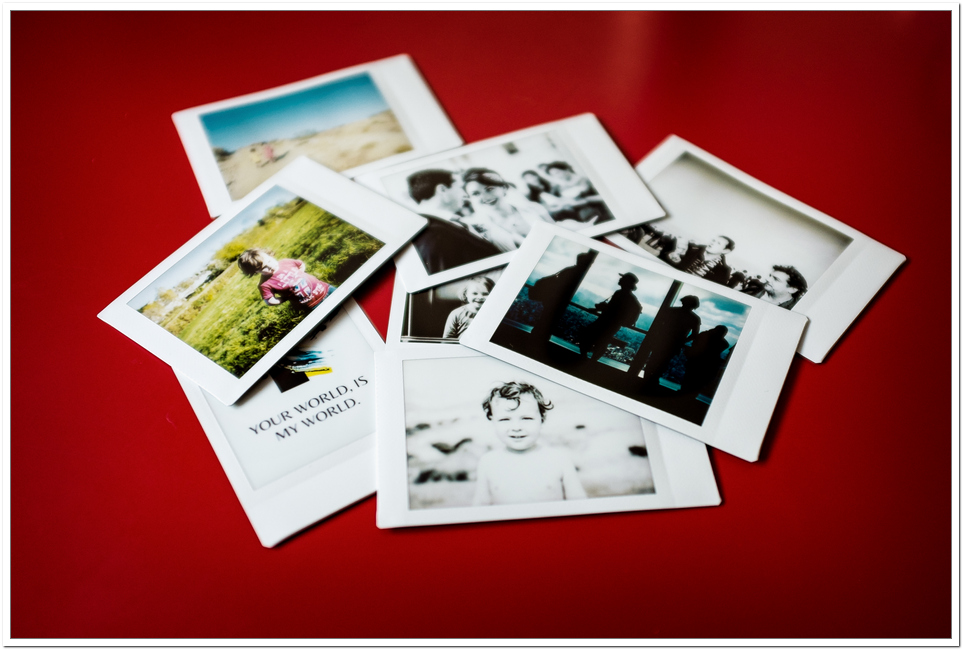Fuji Guys: Hands-on with the new X-T10 and X-T1 Autofocus modes
We’re all very excited by the new Autofocus features that were announced last week for the X-T1, and that will also be present on the brand spanking new X-T10 digital camera announced this morning. After reading all about it, the first thing we wanted to do was go out and try it out ourselves. Marc and I were able to get hold of a pre-production X-T10 for the day so we made this little video for you. Here’s a few more sample images shot on the day using the setup described. Keep in mind that this is a pre-production model so the final results may vary. All images are straight out of camera. Other X-T10 videos Fuji Guys – Fujifilm X-T10 – First Look Fuji Guys – Fujifilm X-T10 XF16-50mm Kit – Unboxing & Getting Started Fuji Guys – Fujifilm X-T10 “Body Only” – Unboxing & Getting Started









You must be logged in to post a comment.